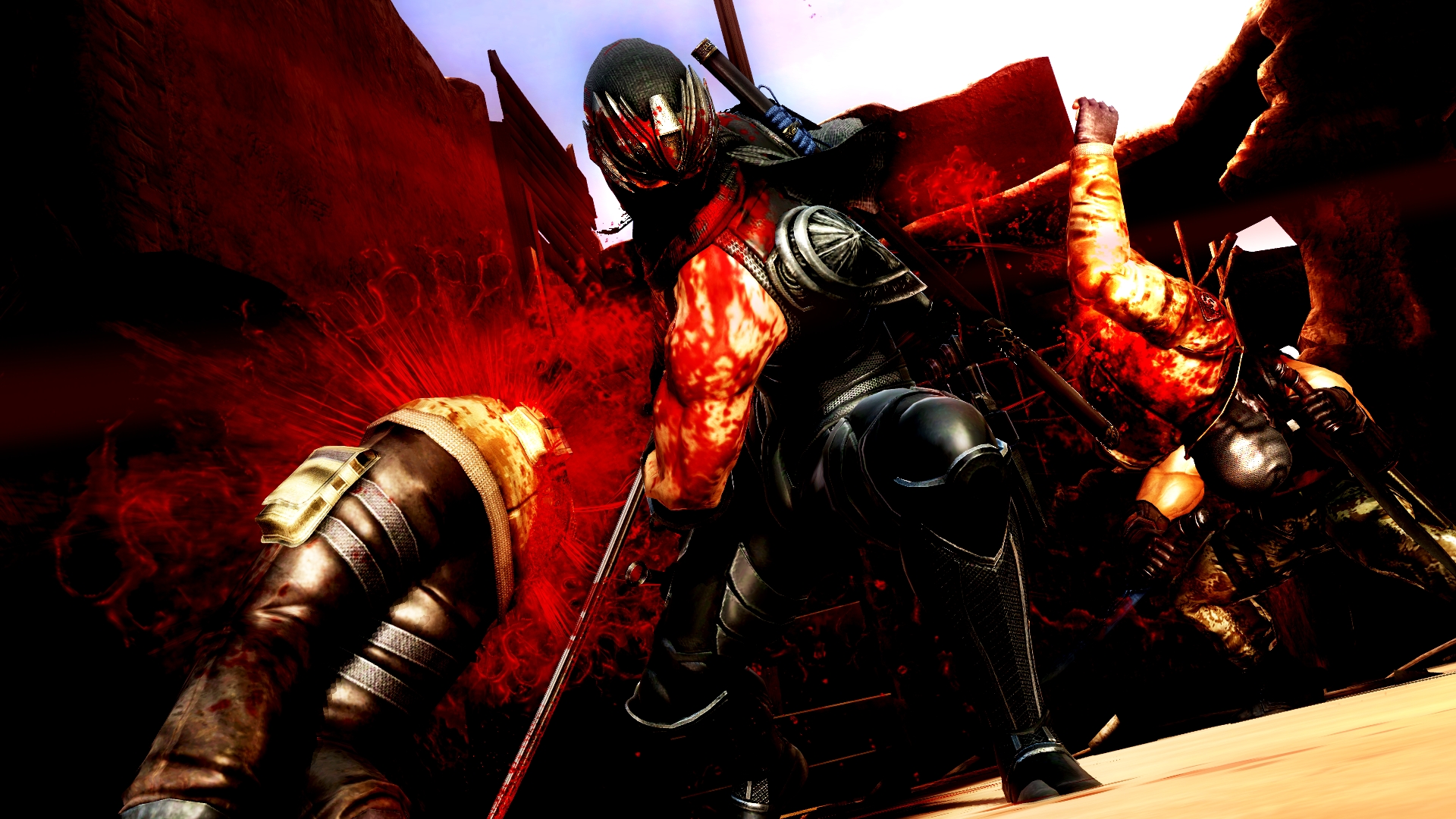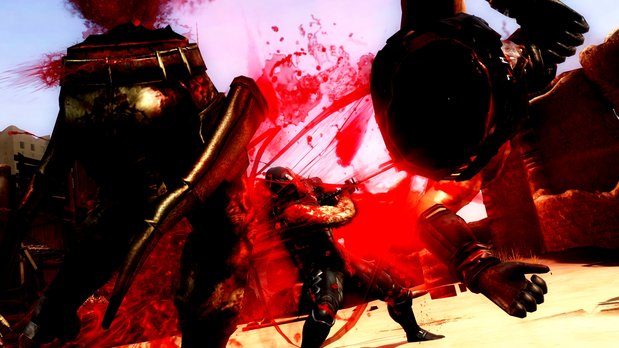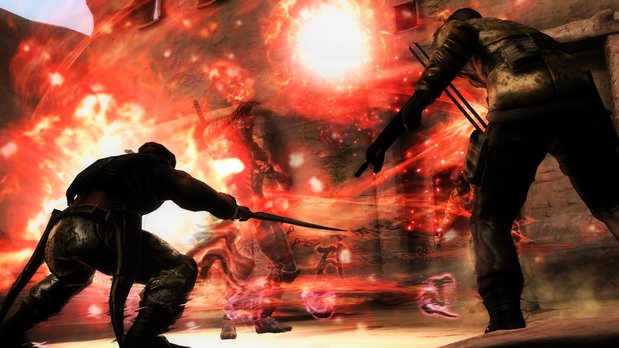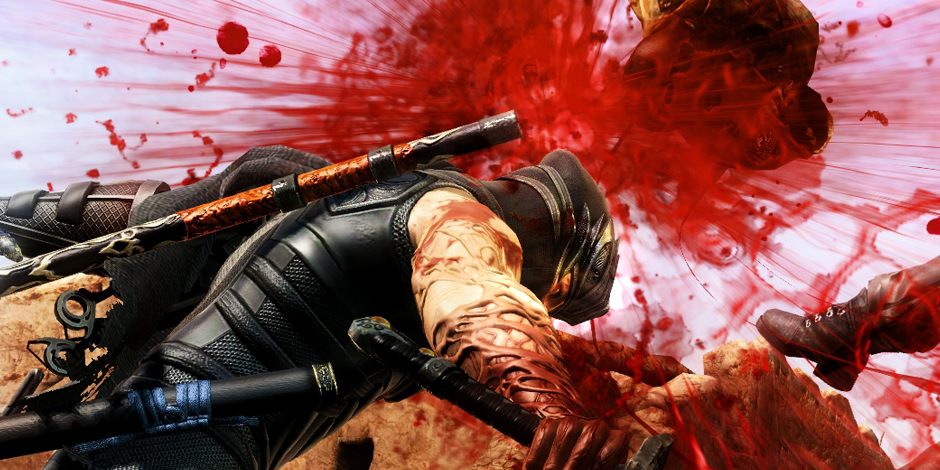GamesRadar+ Verdict
Pros
- +
Rework combat mechanics and balancing
- +
The added challenges and Ayane missions
- +
The upgrade system and character progression
Cons
- -
Terrible frame-rate
- -
Repeated bosses
- -
Forgettable and confusing story
Why you can trust GamesRadar+
When Ninja Gaiden 3 originally released (on Xbox 360 and PS3), it wasn’t without its flaws. As in, it had tons of flaws. But for the Wii U version, Ninja Gaiden 3: Razor’s Edge, Team Ninja took all the criticisms it received from the previous version and trimmed down, polished, and improved the title for the upcoming release.
Watch our Wii U vs Xbox 360 comparison video
In Razor’s Edge, several story elements and character inconsistencies have been cut out like a chunk of flesh from an enemy torso. First, the instances in which you might have questioned Ryu’s morals in the previous release have either been removed or changed. Ryu no longer does such wantonly violent things like walk up to a helpless soldier that’s begging for his life and slashes him in half. Also, cutscenes that were particularly heavy on quick time events are thankfully absent on the Wii U. These refinements make Razor’s Edge cinematics digestible, since you aren’t constantly questioning the motives of the hero or waiting to press a button at a moment’s notice; sadly the story still doesn’t make much sense and isn't particularly interesting.

Further improvements have been made to the gameplay balance and character progression. Ryu is much less powerful from the start in Razor’s Edge--now there's a full upgrade system, in which the master ninja must earn experience points and purchase additional abilities from a menu. New moves can be upgraded using the touchscreen interface on the Wii U’s GamePad, allowing you to touch the icons of the abilities you want to buy. It’s slightly easier than scrolling over with the analog stick, but as far as the useful GamePad functionality goes, that's about as much as you’ll get. Everything else (like activating Ninpo and switching weapons) is better accessed via the standard face buttons--especially when you're in the throes of fierce combat.
Razor’s Edge includes a few additional levels, thanks to the Ayane missions and challenges from hidden crystal skull challenges. The female ninja’s missions boil down to standard enemy encounters, giving players a change in scenery and an additional character to upgrade. Ryu enters a crystal skull challenges when you find a glowing crystal skull. The challenge transports you to locations from the first Ninja Gaiden and has you fight some of the first game’s brutal bosses. These extra levels present a nice diversion from Ryu’s main path, but they don’t particularly add much to the story or overall gameplay other than more bad guy meat to filet. That said, killing enemies is much more enjoyable this time around.

Significant improvements have been made to the combat. Most importantly, the tendency for Ryu to enter the steel-to-bone quick time event animations in combat has been drastically reduced. Fewer QTEs during combat allow the action to be fast-paced, challenging, and under the player’s control, making dispatching enemies with a skillful combo incredibly rewarding (just as in the Xbox classic). Ryu also has access to his regular arsenal of weapons, like his claws, staff, and dual katanas, which add a great deal to the gameplay variety. Unfortunately, for all the improvements in the combat, the frame-rate takes an irritating dip whenever there is significant activity on-screen.
Bosses have also gone under the microscope and have been adjusted accordingly. Some of the easier bosses have had their difficulty tweaked significantly, like the Spider Tank and the genetically altered T-Rex Gigantosaurous. The concepts are still as ridiculous as ever, and there are still repeat fights--but now the bosses have increased attack frequency and attack patterns that are on par with the grotesquely challenging baddies from Ninja Gaiden 1 and 2. So, at least they present a challenge. The boss revamp is a welcomed change for Razor’s Edge. You won’t feel like you’re handed victories from unworthy foes--earning a victory over the powerful brutes is satisfying.

Ninja Gaiden: Razor’s Edge still remains the weakest title in the Ninja Gaiden trilogy, but additions like the Ayane missions and balancing tweaks make the game a decent, gloriously gory action title. Many of the flaws from the original Ninja Gaiden 3 have been addressed, and, at times, you’ll feel the same thrill you would from the first two titles in the series. But the weak story, repeat enemies, and frame-rate issues still hold the bloody title back from the greatness of its prestigious pedigree.
More info
| Genre | Action |
| Description | The Ninja Gaiden series comes to the Wii U. |
| Platform | "Xbox 360","PS3","Wii U" |
| US censor rating | "Mature","Mature","Mature" |
| UK censor rating | "","","" |
| Release date | 1 January 1970 (US), 1 January 1970 (UK) |
Many years ago, Lorenzo Veloria was a Senior Editor here at GamesRadar+ helping to shape content strategy. Since then, Lorenzo has shifted his attention to Future Plc's broader video game portfolio, working as a Senior Brand Marketing Manager to oversee the development of advertising pitches and marketing strategies for the department. He might not have all that much time to write about games anymore, but he's still focused on making sure the latest and greatest end up in front of your eyes one way or another.




